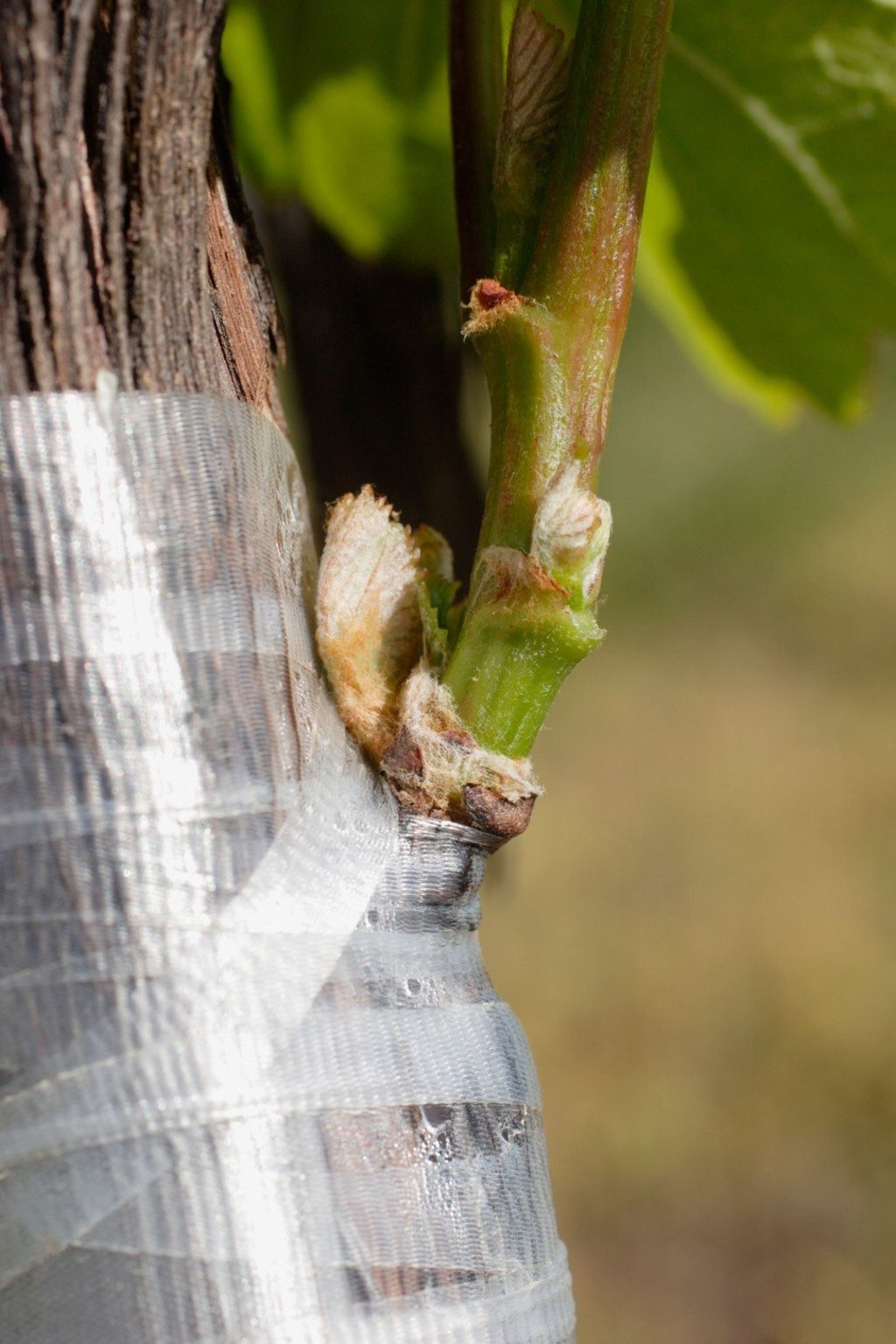The Corkscrew | Vines that survived Europe’s phylloxera epidemic in the 1800s, and the wines made from them
- The accidental import of a microscopic insect by a Rhône Valley wine merchant decimated vineyards in France and beyond
- Small pockets of vines escaped the blight

The blight was caused by a microscopic aphid called Phylloxera vastatrix. It was unknowingly introduced to France by one Monsieur Borty, a wine merchant living in the Rhône Valley, who imported American vine cuttings and planted them in 1862, giving the aphid, which hid in the roots of the cuttings, soil aplenty through which to spread. In Phylloxera: How Wine was Saved for the World (2004), author Christy Campbell writes, “By 1884, 2.5 million acres of France’s vineyards had been destroyed and 1.5 million acres were in the grip of the parasite.”
Studies found that a single female aphid could produce more than 25 billion descendants over eight months – without help from a male. Many solutions were sought and tried – poison, flooding, burning the affected vines – all of which failed. Eventually, it was discovered that the cure was part of the cause – by using the roots of American vines, which were immune to the aphid, and grafting the French vine on top, the original vine eventually became viable again.
In Champagne, the house of Bollinger has, among its 150 hectares of vineyards, two small plots of pre-phylloxera pinot noir vines called Chaudes Terres and Clos Saint Jacques. These two plots make an exceptional vintage champagne called Vieilles Vignes Françaises (“old French vines”). To this day, the vines are cultivated by hand, with the help of a horse-driven plough. The latest release is 2007, which produced only 3,132 bottles.
Italy has a few places where pre-phylloxera vines have survived. The best place to find them is on the island of Sicily, around Mount Etna, an active volcano. The soil here is very stony, with, unsurprisingly, lots of volcanic ash. The sturdy pre-phylloxera vines, dotted around the cooler northern slope of the volcano, are called albarello (little trees) – bush vines that have never been grafted, and are still on their original rootstock. They produce the nerello mascalese grape, which ripens late and has dense ripe cherry and red plum, somewhat like an overripe burgundy, with the firm, slightly peppery tannins of nebbiolo.

